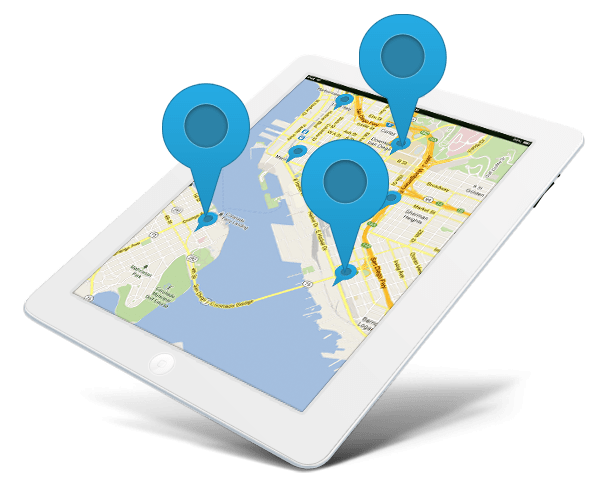"Sales is not about selling anymore, but about building trust and educating."
Siva Devaki
How Geofencing Will Help Map your 2021 Digital Media Strategy
If there was ever a year that we needed a map to navigate it was this one, but as the dust settles as a new light emerges – we need to start charting our direction.
As we settled into the new challenges and opportunities that large and small businesses and brands alike are facing in our post covid economy, understanding what works and what does not work in our marketing and advertising strategy is job number one. We were already in a transition towards digital media and marketing a rapid pace, now that’s even faster.
Brands and entrepreneurs have to understand our own WHY and understand our target AUDIENCE now more than ever effectively reach our customers and deliver advertising in effective targeted ways. Geofencing continues to be unique and innovative approach to specifically targeting potential new customers – knowing who and how to target is the key…..
Again, we are lucky to have this opportunity to share this article originally published by our partners with our Adcellerant Content Team on September 30, 2020.
To understand how geofencing enhances the way in which companies market to consumers, you’d first need to understand the process of geofencing. The process consists of 4 components:

- The Barrier – A barrier is a pre-set area, intertwined with some form of a digital interface (i.e., web page or mobile application). A user has the option to either specify their location by inputting their address, city, or radius into the appropriate area when prompted via a notification or (if their GPS is enabled) be automatically detected once they cross into a said specified area
- Crossing – After a barrier is set, the next step entails knowing when a person has crossed into an area. This information is usually acquired if an individual is equipped with a smartphone because internet-enabled smartphones have GPS built-in, which allows for geofencing related beacons to easily detect when a person has crossed a pre-defined barrier.
- Messaging – Once a person crosses a barrier, the next step is to alert them, via app notification, text message, or digital ad.
- Permission – This is the most important step. The message, regardless of mode, essentially entails getting permission from a user to do two things: Gain access to their GPS information and ask the user to turn on notifications.

Geofencing has opened up a whole new realm of possibilities pertaining to marketing. Some ways in which companies can utilize this concept to help achieve their marketing objectives include:
- Text Engagement – Once a consumer crosses into a geofenced area and opts-in to receiving text notifications, companies can then begin sending them marketing material to convert leads into customers and grow email lists.
- Social Media Ads – Once consumers cross into a geofenced area, company ads subtly appear across their
 social media platforms.
social media platforms. - Mobile Application Download Engagement – Once a consumer downloads an app on their mobile device, they will then be sent a notification prompting them to go shop, utilizing a promo code or some other promotional tool.
- Web Advertisements – Once a consumer crosses into a geofenced area, the ads from brands will appear as they surf the web, persuading them to take advantage of brand deals via coupons, etc.
- Television Advertisements – As long as a consumer watches television and lives within the confines of your barrier, they can be targeted via relevant ads to go online or visit your business’s brick and mortar location to learn more about what your business provides or to make a purchase.

Companies have the power to fully customize their geofence perimeters. For example:
Companies can set a geofence around their brick-and-mortar location to persuade people to stop in, using ads.
Traveling salespeople can set geofencing around different locations before they arrive in an area to notify leads that they are in town.
Lawyers can launch a geofencing ad campaign around specific places of interest, such as jails and hospitals, to attract leads.
This already effective method of marketing can be further enhanced by understanding the method in which a lead was exposed to your company’s advertisement. Combining the knowledge of not only a consumer’s location, but also their point of exposure (i.e., television, radio, or newspaper) can help you fine-tune your digital marketing efforts, resulting in heightened marketing efficiency.
Small and mid sized entrepreneurs and businesses across our communities are planning ahead and they are looking for new and more effective ways to reach their best potential consumers and many are finding success through understanding and deploying strategies through geofence technology to better understand and reach these individuals. Equally important in this process is the understand that is gained through truly defining the WHY for your brand and creating messages that deliver that connection in target and effective ways to your specific ideal customer.
If you would like to learn more about geofencing and many other digital marketing approaches visit Crestone DMS today.

